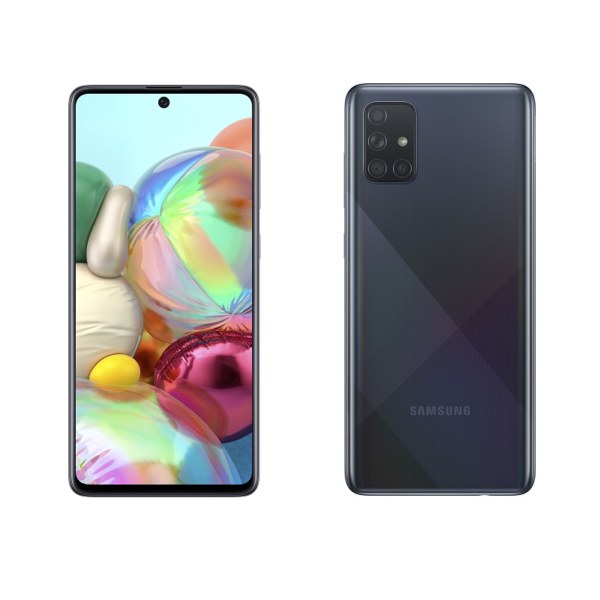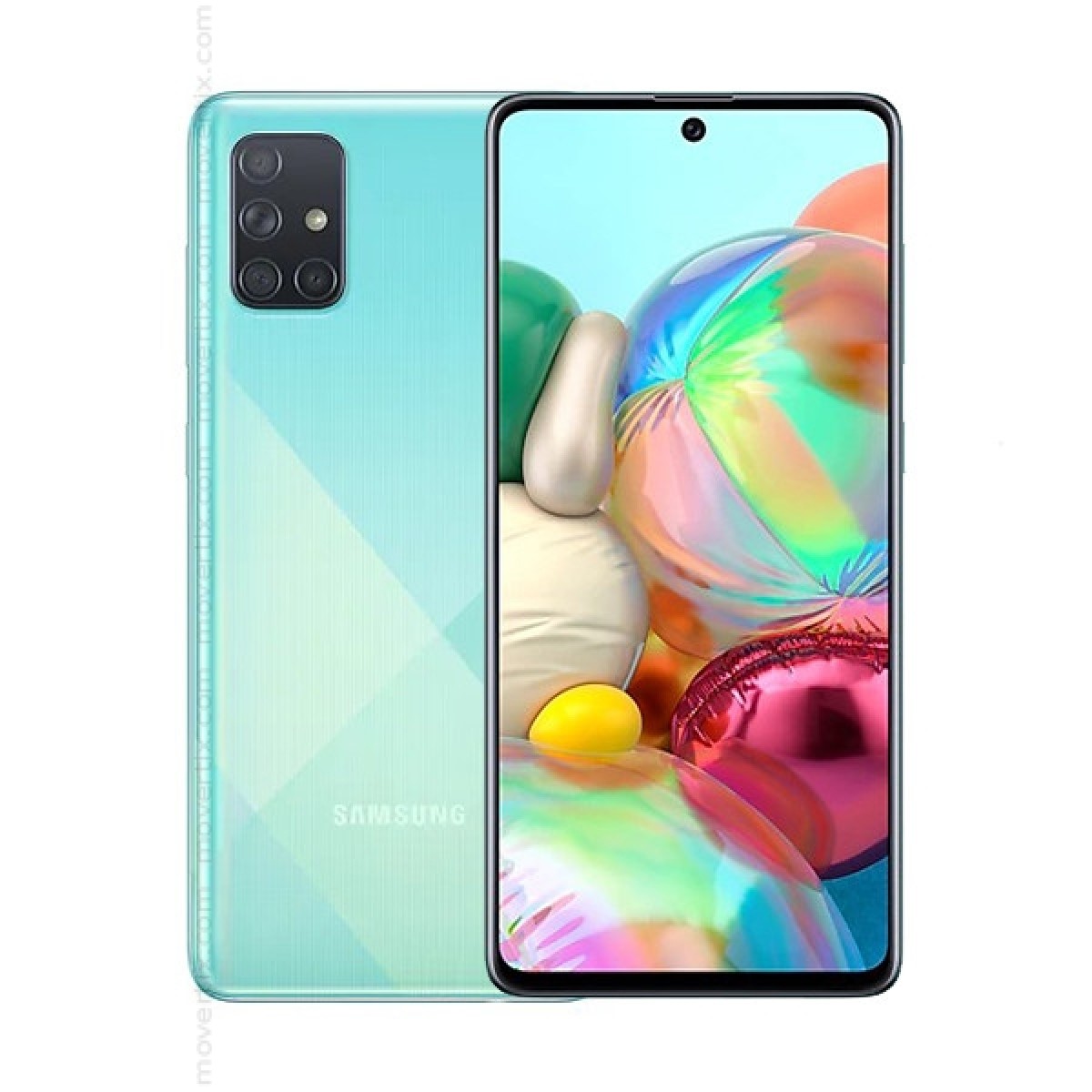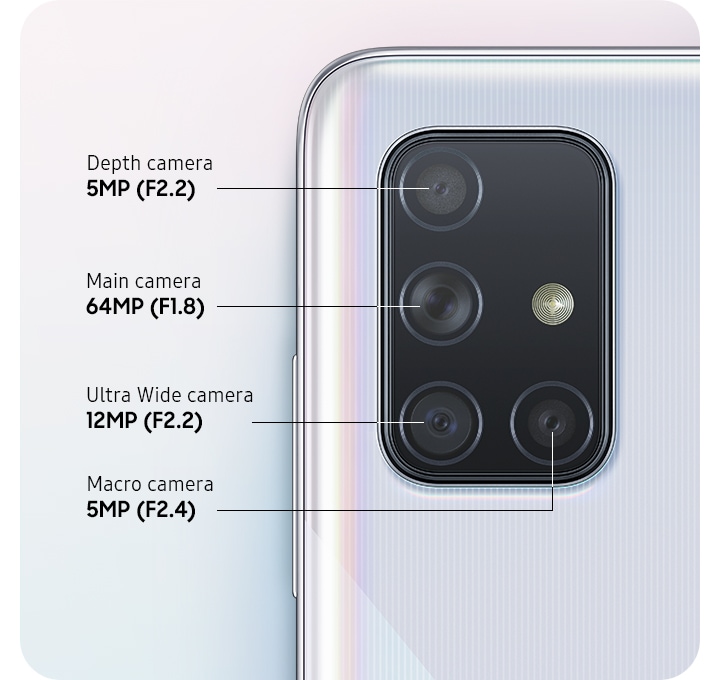
Last year, Samsung launched the Galaxy A50 (Review) and Galaxy A70 (Review), smartphones that were both considered attractive and dependable mid-range options. The Galaxy A70, in particular, impressed us with its big and beautiful AMOLED display, long-lasting battery and versatile triple cameras. Both these smartphones have now been succeeded by the Galaxy A51 and Galaxy A71 that come with upgraded hardware and designs ,while retaining the essence of what the Galaxy A50 and Galaxy A70 were about.
We’ve already reviewed the Galaxy A51 earlier, and today we’re looking at the Samsung Galaxy A71. The Galaxy A71 is a bigger phone compared to the Galaxy A51 and has been launched in India priced at Rs 29,999. The specs of the sub-Rs 30,000 smartphone include a Super AMOLED Plus display, Snapdragon 730 SoC, 64MP quad cameras and Android 10 out of the box.
Verdict
The Samsung Galaxy A71 is a solid upgrade to last year’s Galaxy A70 and Galaxy A70s smartphones. The large AMOLED display remains stunning as ever, while the internals have become more powerful thanks to an efficient Snapdragon 730 SoC at the core, which also helps deliver a long-lasting battery life. That being said, the Galaxy A71 finds itself among the likes of the phones like the Redmi K20 Pro and Realme X2 Pro that offer better specs at lower prices.

Design and display
The Samsung Galaxy A71 is largely reminiscent of the Galaxy A70 and Galaxy A70s in terms of design. It has the same large form factor and big display as its predecessors. Despite the tall 6.7-inch screen and 4,500mAh battery, the phone is sleek and lightweight measuring just 7.7mm in thickness and weighing 179 grams. This makes the phone easy to hold while walking around or while playing games for prolonged sessions.
Another reason the Galaxy A71 feels good in the hand is due to its curved rear panel that almost seamlessly meets the frame. The rear panel is of a glasstic finish rather than pure glass, which may disappoint some who would have preferred the durability of Gorilla Glass. While the glasstic panel in a glossy finish kind of mimics glass, it is more susceptible to scratches and scuffs. The Galaxy A71 comes in Prism Crush Black, Prism Crush Blue and Prism Crush Silver colours. The cross pattern on the rear panel looks subtle and you get a gradient prism effect when you look at the phone at certain angles under light.
On the right side of the frame, you get the power button that’s easy enough to reach and volume controls that are higher up the frame and will require you to adjust your grip to reach them. The left side of the frame sees the card tray that can hold two nano SIM cards and a microSD card (up to 512GB). On the bottom of the frame, you get a Type-C port flanked by a speaker grille and a 3.5mm headphone jack.

Coming to the display, the Galaxy A71 gets the same tall 6.7-inch display as its predecessor. Only instead of a waterdrop notch, Samsung has opted for a centered punch-hole cutout. Interestingly, when placed next to the Galaxy S10 Lite, which also has a punch-hole display, the two phones are nearly indistinguishable. Both phones offer edge-to-edge displays and slim bezels.
The Galaxy A71 offers FHD+ (1080×2400) Super AMOLED Plus display that is striking and attractive, which does not come as a surprise. Colours on the screen look vivid and rich while blacks are deep and stunning. The screen offers excellent viewing angles and brightness levels. The handset is Widevine L1 certified, which means you will be able to stream content on platforms like Netflx and Prime Video in crisp full HD resolution. While watching 1080p videos on YouTube, content looked sharp and colours popped with saturation. You can also opt for more natural-looking colours by heading to the Display section in the Settings menu.
Cameras
Samsung has increased the number of cameras on the Galaxy A70s. While the previous two models offered triple rear cameras, the Galaxy A70s gets a quad camera setup. The 64MP primary Samsung GW1 sensor captures 16MP photos and uses pixel binning to offer brighter, sharper pictures. The high resolution camera is accompanied by a 12MP wide-angle lens, a 5MP macro lens and a 5MP depth sensor.

The 12MP wide-angle lens does a decent job at maintaining colour temperature. You get some amount of detail as well, but don’t expect shots to look as crisp as what you get from the main camera. As for the 5MP macro lens, it’s a handy camera for taking close up shots. However, you will need to be absolutely still if you want macros to come out clear. Four out of five times, the macros we clicked came out blurry. The macro lens also tends to drastically change the colour temperature of the subject.
Comments
Post a Comment